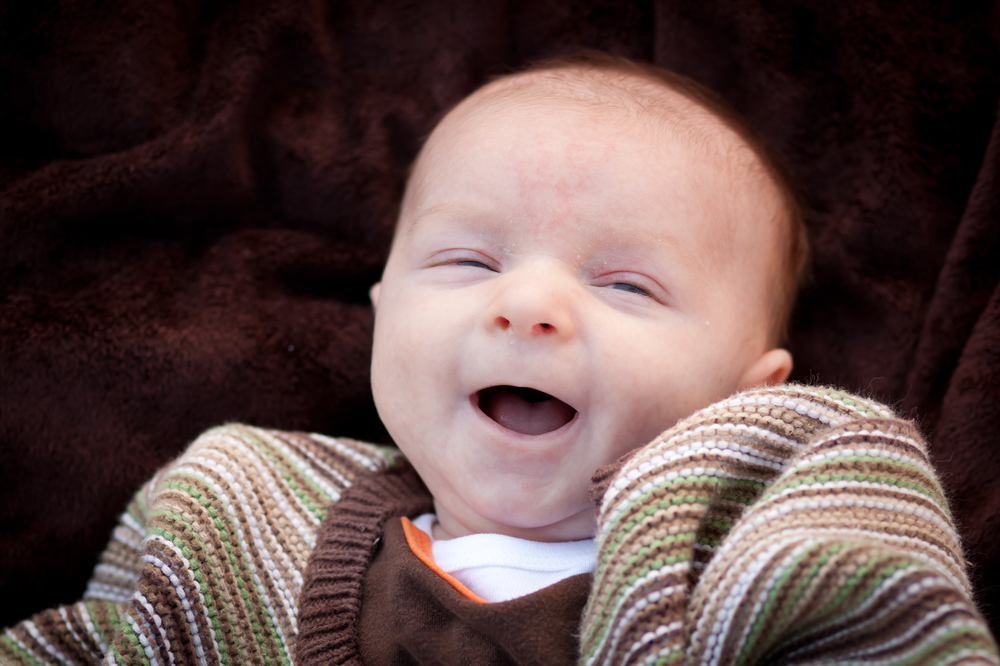
It's a good time of year to take stock of the people who have helped your child to get this far: the teachers and classroom assistants, the school support staff and after-school guides who've walked with your child from those early, frightened days of school, the support staff around your school who may have lent a hand to you, or offered a smile on one of those mornings when you just needed to be reminded that you're ok. The other adults with whom we share service to children may seem to float in and out of our days, but they're essential to the community we enjoy, even when we're paying most attention to our own little ones.
Your school may have traditions for demonstrations of thanks at the end of each year: class gifts or tokens for the teachers from parents. Follow those to the degree that you're able and motivated, but don't overlook the important ways in which you model gratitude every day for your children. For children in the youngest classrooms, the social norms they see around them become ingrained in their own behaviors. If you want to see your infant or toddler grow into a spirit of gratitude, be certain you're demonstrating it yourself regularly.
For example, when you see your infant noticing someone else at work, take the time to hold your attention with them. Watch along your infant or toddler, and offer a calm monologue that describes what you see. "We are watching Ms. Kennedy helping Sebastian with his socks. Ms. Kennedy is sitting with Sebastian as he gets those socks over his toes. Now, she's helping him to pull them over his heels. I am thankful that Ms. Kennedy knows how to help children so gently."
When you are interacting directly, even when you're in a rush, be sure to mind your own pleases and thank-you's. Slow down your own interactions so that they can be modeled by your child. At the coffee house? Put your phone away. Make eye contact with the clerk. Offer a thanks that's specific. "Thank you for the coffee," will draw your child's attention more closely than the toss away, "Thank you," that many of us use without thinking of it. As you step away, remark for your child what has happened that you're grateful for. "That was very kind of her. She's going to prepare our drinks now."
Don't worry so much about mandating that your child say, "Thank you." Instead, model it yourself and remark on it to your toddler. The goal is not for your child to be programmed into responses that lack meaning, but to appreciate and notice the people around them who help to make things better. That's best achieved by noticing them yourself and modeling a sincere thankfulness aloud.
It may feel contrived at first — and, indeed, it is. You are intentionally modeling grateful practices at a time when your child learns best by what they see around them. In turn, you should see your child mimicking the same language they hear you use regularly. You won't need to do it forever, but you just might find that, but the time your child has established their own grateful practices, you won't want to give yours up.
#June
